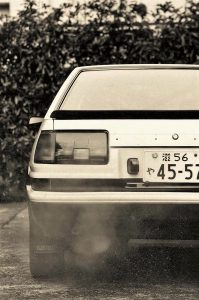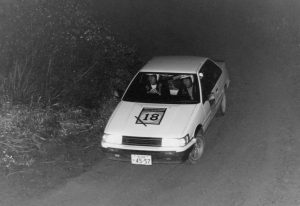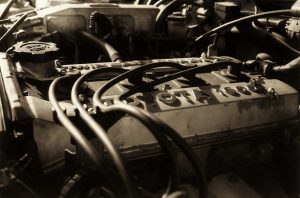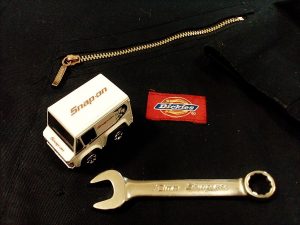
In the midst of the supercar boom, as an elementary school student in a town crowded with small factories, I was earnestly trying to build our own car with my friends, picking up bolts and metal pieces scattered on the roadsides.
Holding onto that dream, I entered university and immediately got my driver’s license. It was a challenging method, but by taking the test directly at the examination center, I managed to keep the cost to about 1/10 of attending a driving school.
The reason for this economizing was simple: I wanted to get my own car as soon as possible.

My first dream vehicle was a personal mobile room free from restraints or restrictions, where I could decide when to leave and where to go at will. In those early days after getting my license, I must have driven 40,000 to 50,000 kilometers a year.
Juggling three part-time student jobs to cover tuition, living expenses, and car maintenance costs, I devoted myself to domestic rally competitions in the university’s automobile club, somewhat neglecting my studies.
The stimulating driving techniques necessary for fast and stable rally completion came naturally through guidance from seniors and hands-on experience.
Finding joy in synchronizing with the car, I became completely dependent on car life.
Then, at 21, I met my last car, the Hachiroku (a 1984 Toyota Corolla Levin). It was early summer of 1992, and already my fourth car.

For a student, the costs associated with car ownership were a huge burden: tires and brakes worn out in competitions, maintenance of various parts, insurance, and taxes. At the very least, I had to handle the maintenance myself to continue my activities.
However, the Hachiroku beside me had a simpler and more understandable structure compared to modern cars. Looking back, I managed with quite rudimentary skills and tools.
"Let's divide cars with hobbies."
Telling myself “cars are just a hobby,” I joined a precision equipment manufacturer after graduating from university. But after just over five years, I voluntarily resigned. I decided to make a career in auto repair, the closest I could get to cars and gain a deep understanding of them.
To face cars as “machines” fairly, intoxication and admiration are unnecessary. Parting with my beloved car of over 10 years, I obtained the national mechanic qualification, which brings me to today.
Cars that have lost their condition due to improper maintenance or parts installation.
With proper treatment, we can bring out their original performance. There’s a lot of know-how not written in maintenance manuals.
And even more important is the relationship with customers. My performance can only be demonstrated when customers understand various aspects such as malfunctions, their causes, costs, and schedules.
I will respond with utmost sincerity, so please don’t hesitate to contact me if you have any troubles.
Representative of ITS (Ikari Technical Service), Takeshi Ikari
1970 Born in Shiga Prefecture
1995 Graduated from Kyoto Institute of Technology Graduate School, majoring in Electronic Information Engineering
During student years, belonged to the university’s automobile club
Learned the basics of auto repair and experienced the joy of driving through domestic rally activities
After completing graduate school, joined a precision equipment manufacturer in Tokyo
2001 Voluntarily resigned from the precision equipment manufacturer
Started two years of public vocational training in auto repair
2003 Obtained second-class auto mechanic qualification, worked at a Transport Bureau designated workshop in hometown Shiga
Same year: 2nd place in the advanced diagnosis category at the “20th Shiga Prefecture Automotive Repair Skill Competition”
2005 Obtained automobile inspector qualification and vocational training instructor license (automotive repair department)
From the same year, worked at a Transport Bureau certified workshop in Kyoto
2006 Started writing "Garage Takeshi-kun"
2011 Established ITS (Ikari Technical Service) (Web site administration)…
